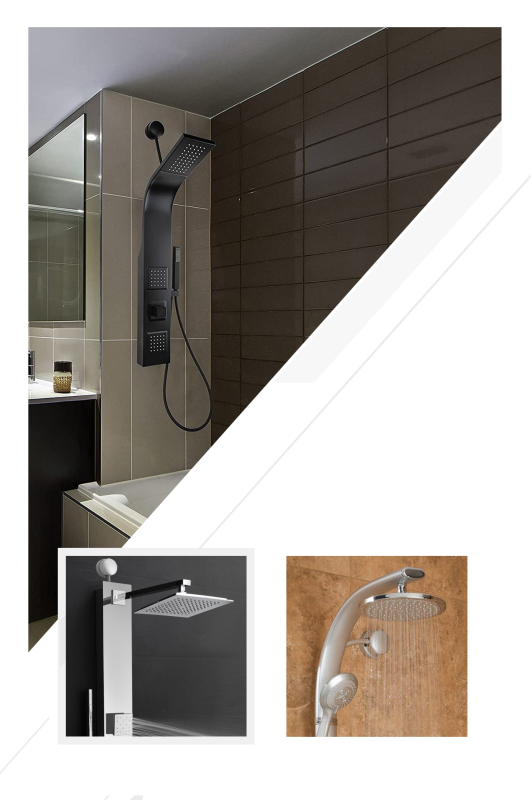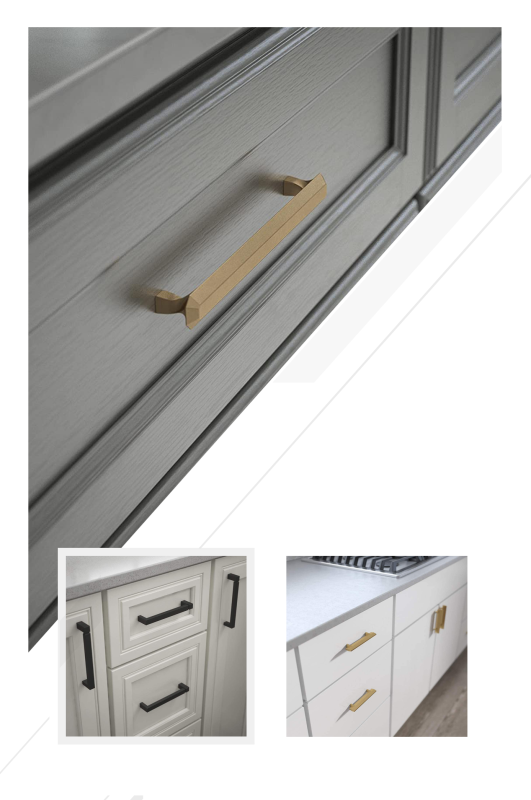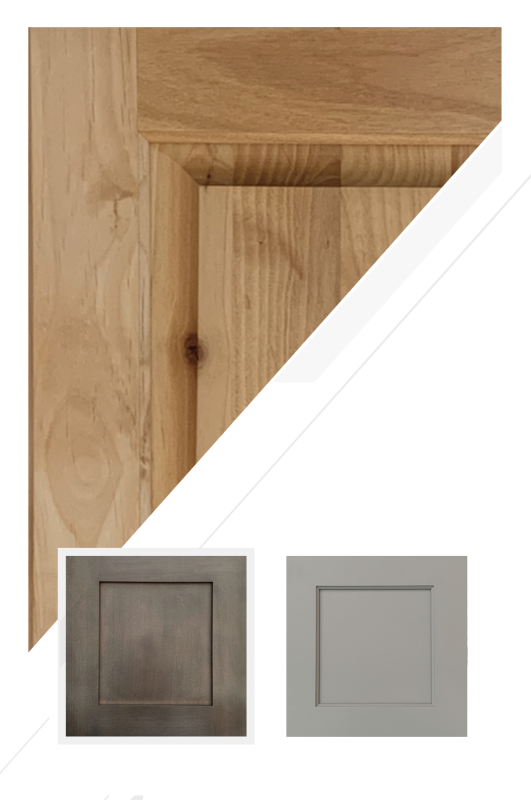Navigating ADU Permits and Regulations in California
By Joy Line Homes California
Building an Accessory Dwelling Unit (ADU) in California can be one of the best investments a homeowner makes, but it also requires navigating a complex web of state and local regulations. At Joy Line Homes, we guide homeowners in Santa Clara, Campbell, Cupertino, Milpitas, Saratoga, and Los Gatos through every stage of planning and permitting, ensuring each project meets compliance while staying on schedule.
Recent state laws have made it easier than ever to build ADUs and tiny homes, but understanding the details can help you avoid costly mistakes. This guide breaks down the key requirements and steps every homeowner should know before starting an ADU project in California.
1. Understanding Statewide ADU Laws
California has passed several laws that encourage ADU construction by simplifying the permitting process and limiting local restrictions. Homeowners can typically build a detached ADU, an attached addition, or a conversion from existing space such as a garage or basement. These laws also prohibit cities from imposing excessive parking, setback, or owner-occupancy requirements, making ADUs more accessible for property owners across the state.
Joy Line Homes stays up to date with every change in ADU legislation to help clients design and build units that meet state standards while aligning with local zoning rules.
2. Local Regulations and Zoning Requirements
While California law sets a broad framework, local jurisdictions such as Santa Clara County or the cities of Campbell, Cupertino, and Saratoga may have specific requirements related to height limits, lot coverage, and design aesthetics. Before beginning design, it is critical to verify setback requirements, utility access points, and maximum ADU size. In many California cities, detached ADUs up to 1,200 square feet are permitted, but each property’s zoning classification will determine exact allowances.
Working with an experienced modular ADU builder like Joy Line Homes ensures that all site and zoning reviews are handled efficiently to prevent delays.
3. Permitting Steps for an ADU
The ADU permitting process typically includes a pre-application review, design submission, and plan check before construction begins. Some jurisdictions now offer expedited review for ADU projects, particularly if you choose a pre-approved design. Modular and prefabricated ADUs often qualify for faster approval since much of the construction is completed off-site under state supervision.
Joy Line Homes coordinates directly with building departments to manage all submittals, documentation, and inspection scheduling on behalf of homeowners, simplifying the process from start to finish.
4. Utility and Access Considerations
Permitting also involves ensuring access to essential utilities such as water, electricity, and sewer systems. Some municipalities allow shared utility connections between the main home and ADU, while others may require separate meters. For properties in hillside or narrow-lot zones, access for emergency services and delivery trucks may also affect site approval.
Joy Line Homes performs detailed site assessments to confirm that your ADU design complies with all access and infrastructure requirements before permits are submitted.
5. Understanding Fees and Timelines
California law restricts excessive development and impact fees for ADUs smaller than 750 square feet, but larger units may still require municipal charges. Permitting timelines vary by city but typically range from four to twelve weeks. Homeowners can accelerate this process by submitting complete plans and documentation early, or by using a pre-approved modular design.
Joy Line Homes provides transparent cost estimates that include all relevant permit fees and expected review timelines, helping homeowners budget and plan effectively.
6. Final Inspections and Compliance
Once the ADU construction is complete, final inspections ensure that all systems meet California Building Code standards. For modular ADUs, factory inspections are handled under state oversight, while local inspectors confirm foundation, utility hookups, and on-site safety. Passing these inspections is the final step before occupancy approval.
With Joy Line Homes, homeowners can trust that their ADU project will meet every requirement while maintaining exceptional design and build quality.
Your Partner in California ADU Compliance
Navigating permits and regulations may seem complicated, but with expert guidance, the process becomes straightforward. Joy Line Homes has extensive experience working with California’s housing departments, ensuring every ADU or tiny home is built legally, safely, and efficiently. From initial design to final inspection, we help homeowners achieve their vision while staying compliant with every rule.
Building an ADU is not just about expanding space. It is about building smarter and creating opportunities for growth. With the right builder and a clear understanding of California’s regulations, you can bring your vision to life with confidence.
We are based in Santa Cruz County ,
California
Tel: (831) 888-Home
Email: info@joylinehomes.com
Business Hours: 9am - 6pm











